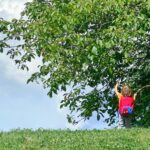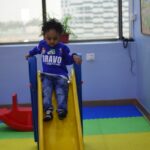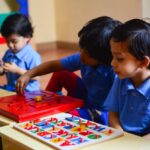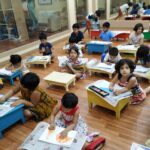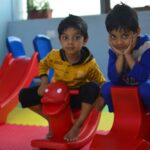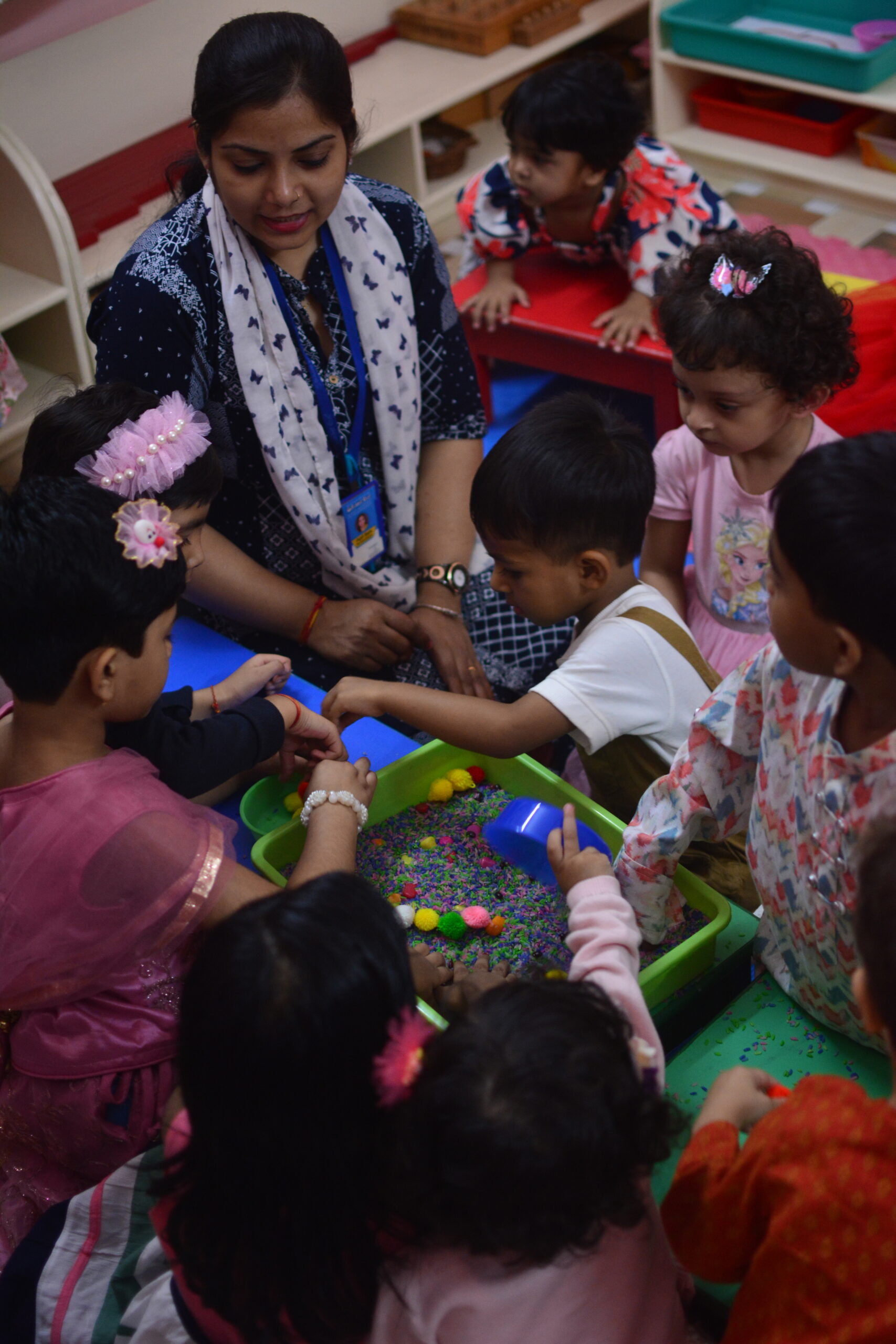
Why Playtime Isn’t Just Fun—It’s Essential
Why Playtime Isn’t Just Fun—It’s Essential
When we think of play, we often picture children running, laughing, building forts, or pretending to be superheroes. It looks like fun—and it is. But beneath the surface, play is doing something extraordinary. It’s shaping the architecture of the brain, building emotional resilience, and laying the foundation for lifelong learning. For children between birth and age six, play isn’t a break from learning—it is learning.
In these early years, children are not just growing—they’re becoming. Every movement, every interaction, every imaginative scenario contributes to the development of their cognitive, physical, emotional, and social capacities. As Dr. Maria Montessori observed, “Play is the work of the child.” She recognized that what adults often dismiss as simple fun is actually serious, purposeful activity for the child.
Modern science agrees. Neuroscientists, educators, and child psychologists all emphasize that play is essential—not optional—for healthy development. It’s how children explore their environment, test ideas, solve problems, and build relationships. Whether it’s stacking blocks, chasing butterflies, or pretending to cook dinner, play is the child’s way of making sense of the world.
The Brain’s Golden Window
From birth to age six, a child’s brain is in its most dynamic phase of development. Neural connections form at a rate of over a million per second. These early experiences shape not just cognitive abilities, but emotional intelligence, social behavior, and even long-term health.
Montessori emphasized the importance of movement and hands-on activity: “Watching a child makes it obvious that the development of his mind comes through his movements.”
♂️ Physical Play: How Much Is Enough?
Health experts recommend:
- Infants (0–1 year): Several short sessions of tummy time and movement throughout the day.
- Toddlers (1–3 years): At least 3 hours of physical activity daily, including crawling, walking, climbing, and dancing.
- Preschoolers (3–6 years): A mix of structured and unstructured physical play, totaling 3+ hours daily, with at least 1 hour of moderate to vigorous activity.
This includes running, jumping, balancing, and outdoor exploration—activities that build strength, coordination, and confidence.
Social and Developmental Gains
Play nurtures:
- Social skills: Children learn cooperation, empathy, and conflict resolution.
- Language development: Through storytelling, role-play, and interaction.
- Self-confidence: Mastering new skills through play builds a sense of achievement.
Montessori believed deeply in the child’s joy through focused activity: “The child who concentrates is immensely happy.”
What Happens When Children Don’t Play?
A lack of play—especially physical and social play—can lead to:
- Delayed motor skills and poor physical health
- Reduced emotional resilience and increased anxiety
- Weaker social skills and difficulty forming relationships
- Limited creativity and problem-solving abilities
The Raising Children Network warns that unstructured play helps children develop resilience, and its absence can hinder their ability to cope with unpredictability.
Montessori’s View on Purposeful Play
Montessori didn’t separate play from learning—she saw them as one and the same. She referred to children’s self-directed activity as “work,” but it was joyful, immersive, and deeply meaningful.
“The child can only develop fully by means of experience in his environment. We call such experience ‘work.’”
In today’s terms, that “work” is play: building with blocks, pretending to be a shopkeeper, climbing trees, or painting with fingers. It’s how children make sense of the world.
Final Thought
Play is not a luxury—it’s a necessity. For children aged 0–6, it’s the primary way they explore, grow, and thrive. Whether it’s rolling on the floor, building with blocks, or running barefoot in the grass, every moment of play is a step toward becoming a healthy, capable, and joyful human being.
Let’s honor play not as a break from learning, but as the most powerful form of learning there is.

